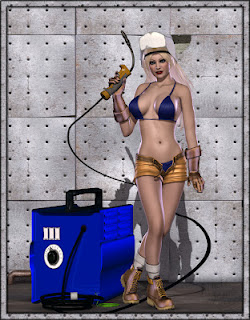Microprocessing
Structuring and ablation are closely related processes. Short laser pulses of extremely high power produce an energy density so high that the material practically vaporizes without passing through a liquid phase (it sublimates). Very little molten material results from this process. Each laser pulse produces a small depression that is typically 10, 20, or more micrometers in diameter and only a few micrometers deep.Laser structured solar cell.
For a long time, very few people had ever heard of structuring and ablation with solid -state lasers. The rise in the popularity of microprocessing, however, has focused more attention on these processes. The reason for this is simple: both processes make it possible to machine workpieces in small and ultrasmall dimensions.
Structuring
produces uniformly arranged geometries in surfaces with the goal of inducing specific changes to the surface’s technical properties. In such structures, one single element often measures only a few micrometers.
Laser ablation
is usually used in the manufacture of tools and molds as well as in electronics and semiconductor technology. In injection molding, for example, lasers produce highly detailed, three -dimensional molds into which resin is injected for creating plastic parts. The laser, however, can also be used to trim resistors or mark parts by selectively removing thin layers of material.
Drilling
At percussion drilling multiple laser pulses "peck" at the workpiece, producing the hole little by little. Producing a pilot hole, that is then enlarged in a series of circular motions is called trepanning. Helical drilling means that many laser pulses work their way into the workpiece in a downward spiral.


